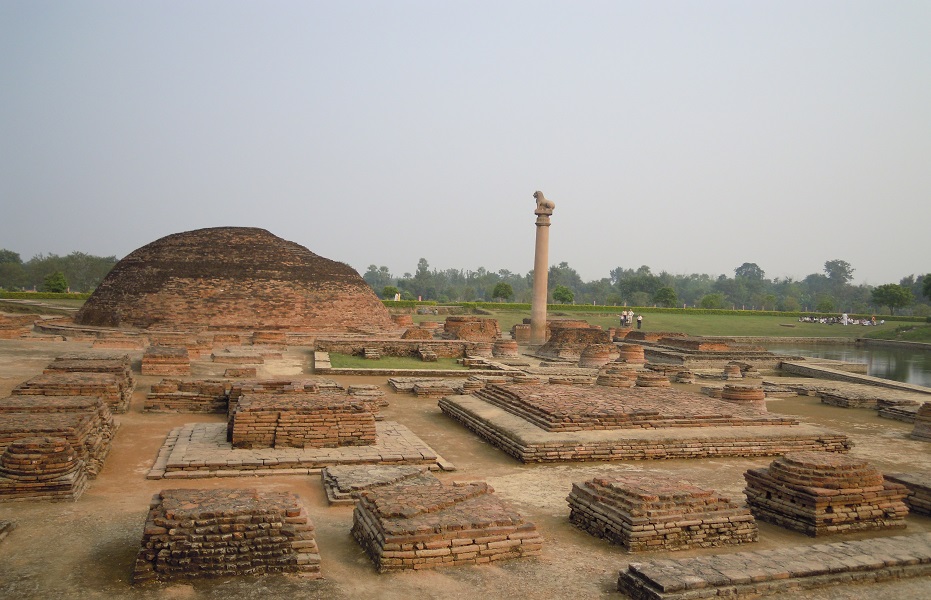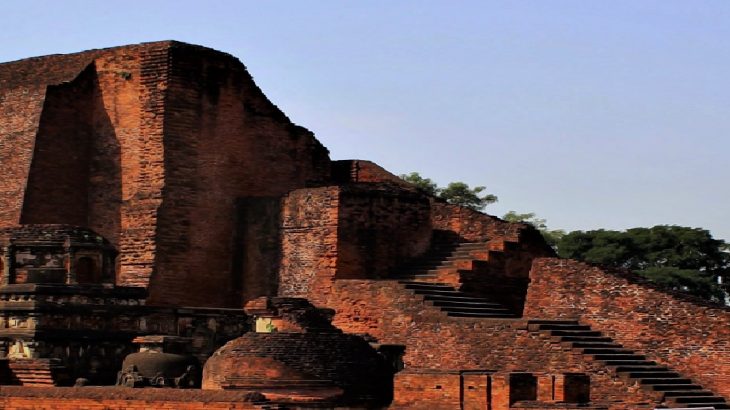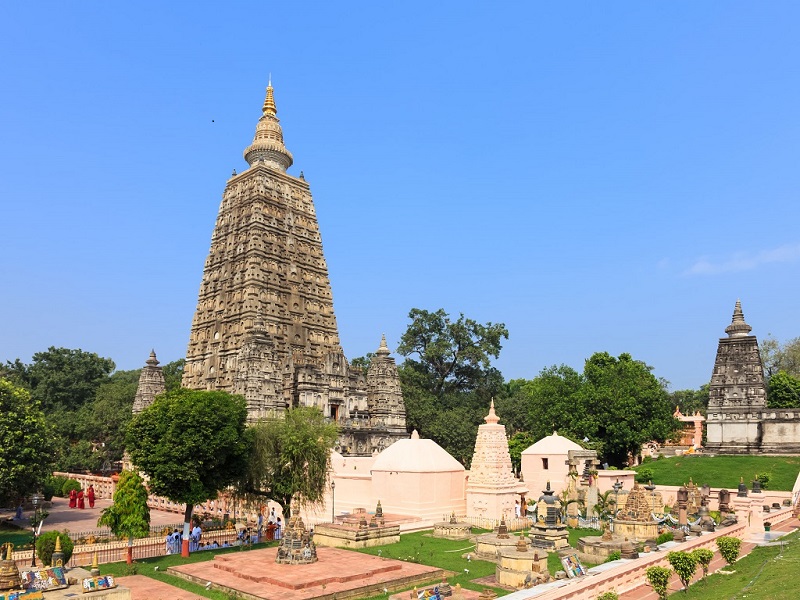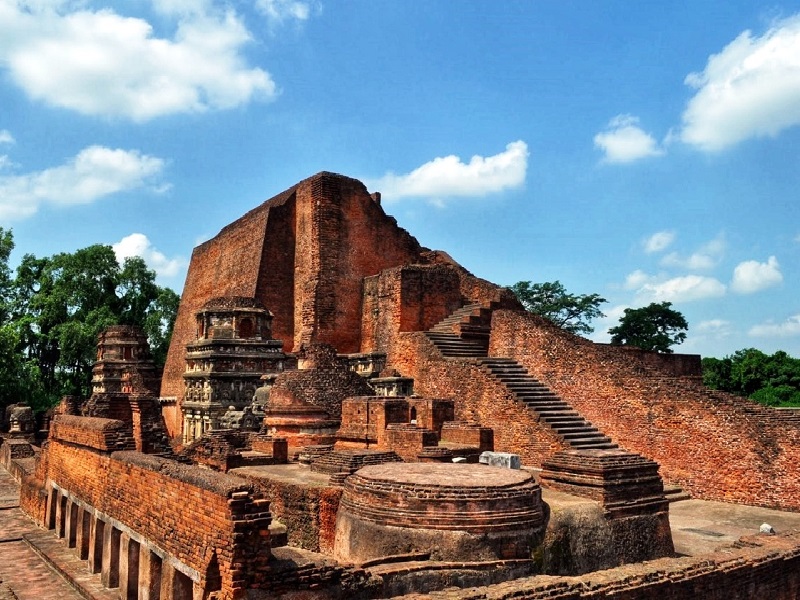The culturally rich and diverse country of India is home to 40 UNESCO World Heritage sites that are spread all across the country in different states. The state of Bihar is one such state that has been home to an incredible amount of historical places as it was ruled by the Magadhas, Shungas, Guptas, and Palas. There are several ancient ruins and Buddhist relics that are still alive with the stories and legends of those dynasties and are still fragrant with the impressions left by them on every nook and corner of Bihar, among the top places to visit in India. Among them, some of the places are recognized as world heritage sites by UNESCO. Check below the list of UNESCO Heritage Sites in Bihar and ensure to visit them as part of India Tour Packages.
Mahabodhi Temple Complex, Bodhgaya
Situated on the banks of the River Niranjana in Bihar, Bodh Gaya is one of the prominent places of Buddhist pilgrimage in the world, and among the best places to visit near Varanasi as it is the place where Gautama Buddha attained enlightenment in 534 BC under the Bodhi Tree. The famous Mahabodhi Temple was established during the reign of Ashoka the Great in the 3rd century BC. The original structure of Mahabodhi Temple was completed in the 7th century AD during the reign of Gupta kings. Regarded as one of the top places to visit in Bodhgaya, the temple underwent several restorations, renovations, and repairs in the subsequent period in which the Burmese greatly contributed. Built-in the classical style of Indian temple architecture, the temple complex comprises the 50 m tall Mahabodhi Temple, the Vajrasana, the sacred Bodhi Tree, and other six sacred sites of Buddha’s enlightenment. Due to its religious and historical significance, the temple has been declared a UNESCO World Heritage Site in the year 2002.
Must Visit : Pilgrimage Sites in India
Archaeological Site of Nalanda, Nalanda
Nalanda, an ancient seat of learning, is located about 90 km from Patna in Bihar. Built in the 5th century AD, the ruins of Nalanda are said to be one of the world’s oldest universities, and among the popular UNESCO World Heritage Sites in India. Nalanda flourished under the patronage of the Gupta Empire in the 5th and 6th centuries and later under Harsha, the emperor of Kannauj. At its peak, the university had learning centers, monasteries, and a gigantic library that attracted students from far and wide. The ancient varsity’s end came in the 12th century AD when it was ransacked, looted, and burnt by the Turk Army led by its commander Bakhtiar Khilji. Nalanda is the second world heritage site recognized by UNESCO in Bihar after Bodh Gaya, among the prominent places to visit near Patna. Spread over an area of 14 hectares, the ruins of Nalanda contain monuments like Stupa of Sariputta, Hiuen Tsang Memorial Hall, Surya Temple, Nalanda Museum, and Nav Nalanda Vihar. The Stupa of Sariputta is built in the shape of a pyramid and is a structure that towers over the entire complex.
Also Visit : Popular Nalanda Tourist Places
Silk Road Sites of India

The Archaeological Survey of India has decided to propose an ancient trade route of the Mauryan and the Gupta periods along the north Gangetic region of Bihar for inclusion in the tentative list of the UNESCO World Heritage Sites. The trade route connected the ancient city of Patliputra, the capital of the Mauryan and the Gupta empires, with the southern region of Nepal. The ancient trade route includes several ancient tourist places in Bihar— the Buddha Relic Stupa in Vaishali, Ashokan Pillar at Kolhua in Muzaffarpur, Kesaria Buddha Stupa, and four Ashokan Pillars at Areraz in East, Champaran, Rampurva, and Nandangarh in West Champaran. Vikramashila University is another site on this road that functioned from 8th C CE to 13th C CE. Champaran was the place where farmers were forced to cultivate Indigo plantations which they had to sell to the British at a very low price or had to pay high taxes otherwise. This aggravated Mahatma Gandhi and Champaran was the starting point of Satyagraha to fight against British rule in India.























